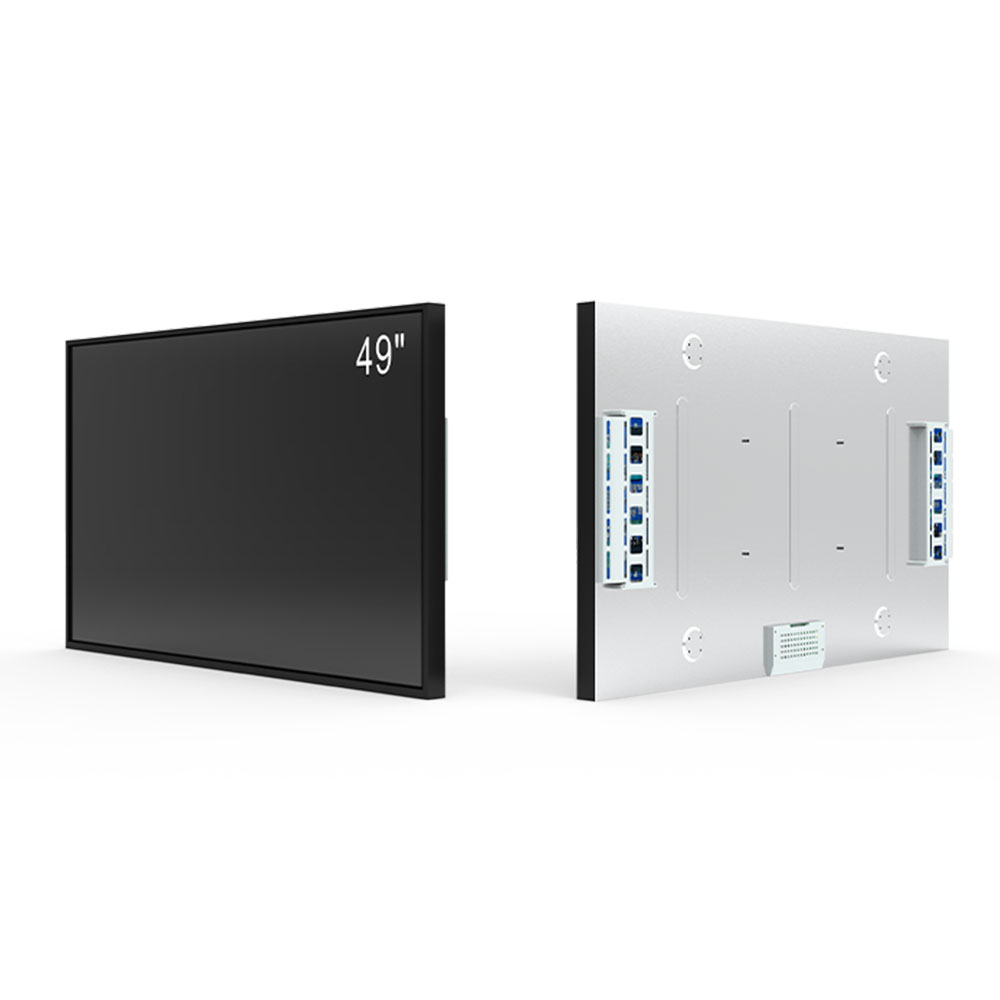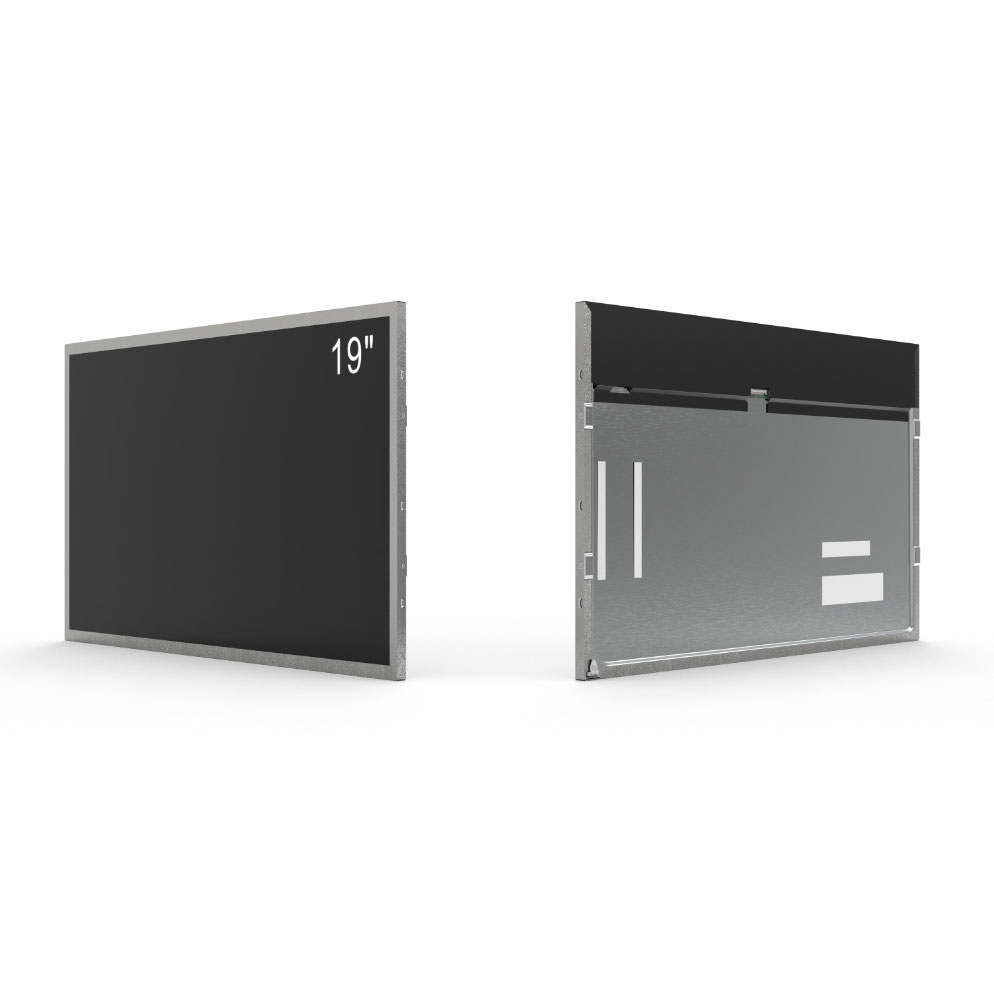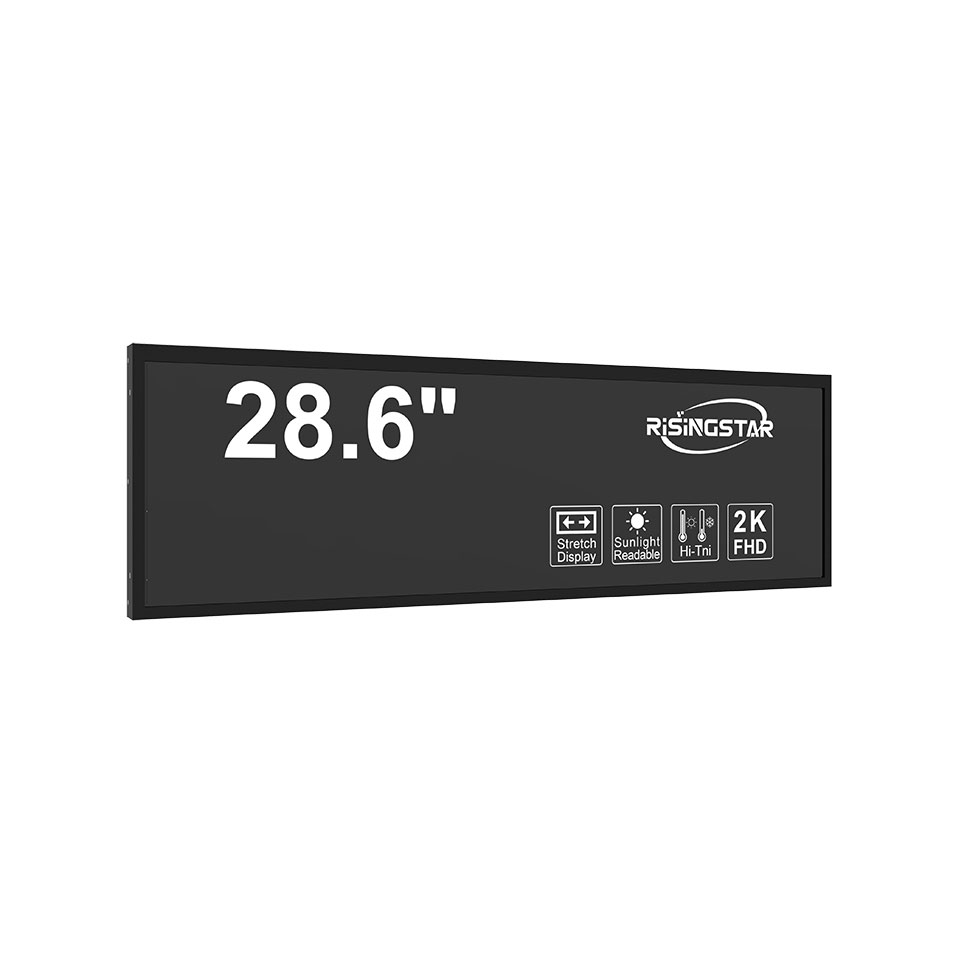- Home
- About Us
- Products
- News
- Video
- Contact
- Send Inquiry
Search
- Home
- About Us
- Products
- News
- Video
- Contact
- Send Inquiry

Outdoor LCD screens are critical components in modern digital signage, public information displays, transportation systems, retail kiosks, and industrial monitoring. Unlike indoor displays, outdoor LCDs must withstand extreme environmental conditions such as direct sunlight, temperature fluctuations, humidity, dust, rain, and even vandalism. The engineering behind these screens involves a blend of advanced materials, high-brightness backlighting, specialized coatings, ruggedized housing, and intelligent control systems to ensure long-term reliability and performance.
One of the most significant challenges in outdoor LCD design is achieving sufficient brightness to remain visible under direct sunlight. According to industry benchmarks from the Society for Information Display (SID), typical indoor LCDs operate at 250–400 nits, whereas outdoor displays must achieve at least 5,000 nits—some military-grade or transit applications require up to 10,000 nits. This requires not only powerful LED backlights but also efficient optical films and anti-glare coatings to minimize reflection while maximizing light transmission. For example, Samsung’s “Super Bright” outdoor display series uses dual-layer diffuser films and optimized LED arrays to deliver consistent brightness across wide viewing angles—even at noon under full sun.
Another key factor is thermal management. Outdoor environments can swing from -30°C to +60°C in just a few hours. High ambient temperatures cause internal components to overheat, which degrades image quality and shortens lifespan. To combat this, manufacturers integrate passive cooling solutions like aluminum heatsinks and active ventilation systems with temperature sensors that adjust fan speed based on real-time heat load. A case study by LG Electronics in 2022 demonstrated that their outdoor LCD units equipped with smart thermal regulation reduced failure rates by 62% compared to standard models after one year of continuous operation in Phoenix, Arizona.
Environmental protection is also paramount. IP65-rated enclosures prevent water ingress and dust accumulation, while UV-resistant front glass ensures no discoloration or degradation from prolonged solar exposure. In a field test conducted by Sharp Corporation in Dubai, an outdoor LCD installed on a bus stop shelter maintained 98% of its original brightness after 18 months under constant sunlight, thanks to a polycarbonate laminated front panel treated with a hydrophobic nano-coating that repels rain and dirt.

Moreover, modern outdoor LCDs incorporate advanced features such as automatic brightness adjustment using ambient light sensors (ALS). These sensors continuously measure surrounding illumination levels and dynamically scale screen output to conserve power and reduce glare. This not only extends the life of LEDs but also complies with energy efficiency standards like ENERGY STAR and ISO 50001. A study published in IEEE Transactions on Consumer Electronics (2021) found that adaptive brightness algorithms can reduce power consumption by up to 35% without compromising visibility during daylight hours.
Durability against physical damage is another major concern. Many outdoor installations face vandalism or accidental impacts. To address this, manufacturers use shatterproof Gorilla Glass or acrylic-based laminates that resist scratching and cracking. Additionally, some models include tamper-proof screws and locked access panels to deter unauthorized modifications. In London’s Transport for London (TfL) deployment of over 1,200 outdoor digital signs, the use of vandal-resistant housings contributed to a 75% reduction in maintenance costs over three years.
From a technical standpoint, outdoor LCDs often employ IPS (In-Plane Switching) or VA (Vertical Alignment) panels for superior color accuracy and wide viewing angles. While TN (Twisted Nematic) panels offer faster response times, they suffer from poor off-axis viewing and lower contrast ratios—unsuitable for dynamic outdoor environments where viewers may approach from multiple directions. For instance, NEC’s “MultiView” outdoor display series utilizes IPS technology with 178° horizontal and vertical viewing angles, making it ideal for advertising billboards located near busy intersections.

Furthermore, connectivity and remote management capabilities have become essential. With the rise of IoT and cloud-based content management systems (CMS), outdoor LCDs now support Ethernet, Wi-Fi, 4G/LTE, and even NB-IoT for seamless updates and diagnostics. Companies like Daktronics and Barco provide integrated platforms that allow operators to monitor device health, schedule content, and receive alerts for hardware failures—all remotely. This reduces the need for on-site visits, lowering operational costs significantly.
The selection of appropriate materials for outdoor LCDs is equally crucial. Polycarbonate substrates, stainless steel frames, and silicone gaskets are common choices due to their resistance to corrosion and mechanical stress. A report by Frost & Sullivan (2023) noted that the global outdoor digital signage market grew by 14% YoY, driven largely by investments in smart cities and public safety infrastructure, where durability and uptime are non-negotiable.
Finally, compliance with international standards ensures safety and interoperability. Outdoor LCDs must meet IEC 60068 (environmental testing), EN 60950 (electrical safety), and UL 1950 (component certification). Additionally, CE, FCC, and RoHS certifications confirm adherence to European and U.S. regulatory frameworks regarding electromagnetic compatibility and hazardous substances.

In conclusion, the success of outdoor LCD technology lies in a holistic approach combining high brightness, thermal resilience, environmental sealing, intelligent controls, and robust materials. As cities become smarter and industries demand more resilient data visualization tools, outdoor LCDs will continue evolving—driven by innovations in micro-LED, OLED, and AI-driven optimization. Whether deployed in a coastal port, a desert highway, or a metropolitan transit hub, today’s outdoor LCDs represent a convergence of engineering excellence and user-centric design that meets the demands of real-world environments.